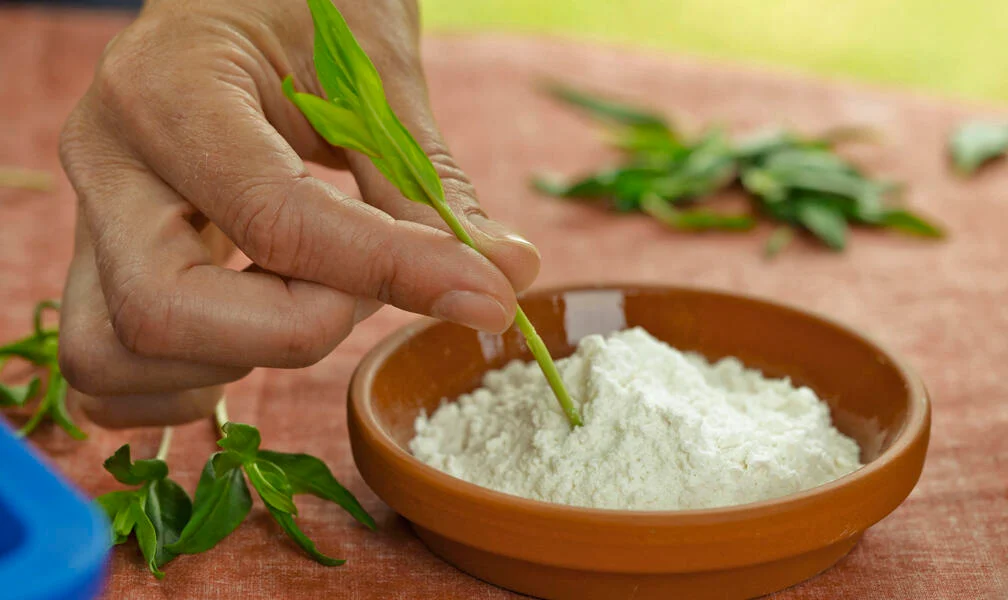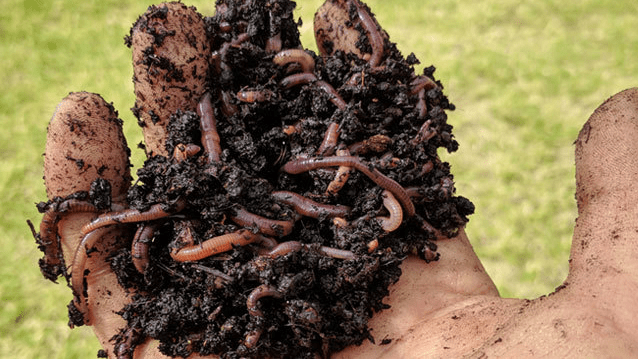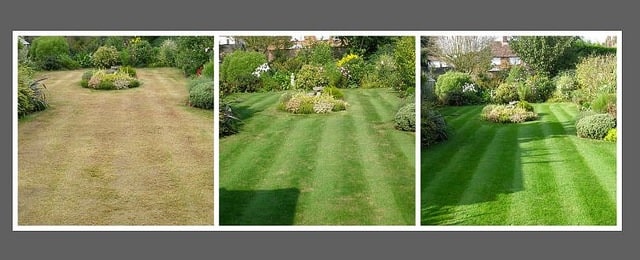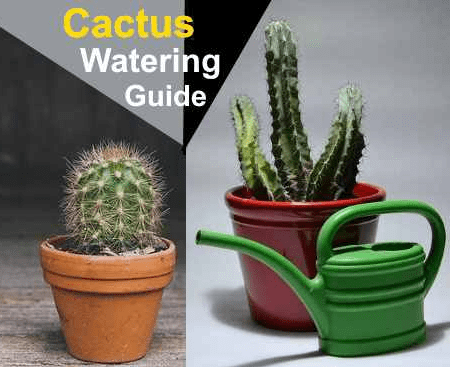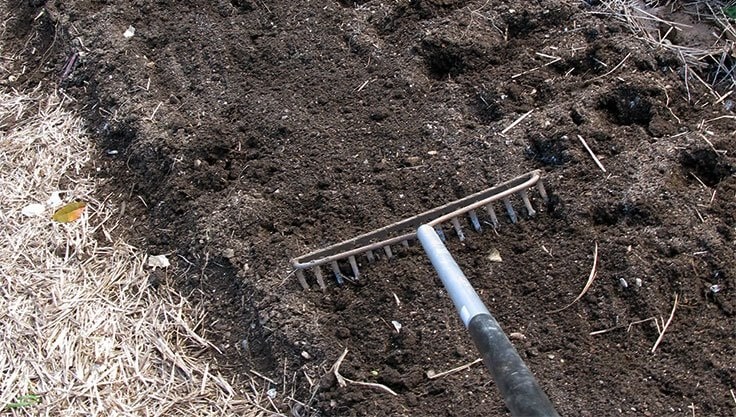Rooting Powder and Root Activators: How They Work and How to Use Them
Rooting powders or root activators are popular aids for propagating plants from cuttings, especially with woody plants and roses. Here’s how the different products work and how to use them correctly.
Contents
Why Use Rooting Powder?
Propagation by cuttings is often the best—and sometimes the only—way to grow plants true to type. However, getting cuttings to root successfully isn’t always easy. To encourage new root growth, there is a wide range of rooting aids available on the market. These are designed to stimulate root development and promote stronger, faster-growing young plants. But how exactly do rooting powders work, and what should you consider when using them?
How Does “True” Rooting Powder Work?
Chemical rooting powders typically contain natural plant hormones such as:
- Indole-3-acetic acid (IAA)
- Indole-3-butyric acid (IBA)
- 1-Naphthaleneacetic acid (NAA)
These are auxins—natural growth regulators found in all higher plants—which are essential for cell division and elongation. When used in plant propagation, this hormone cocktail helps cuttings develop roots more quickly, boosts root growth, and significantly reduces the failure rate. This is particularly valuable for delicate or high-value plants in professional horticulture.
Additionally, these growth hormones encourage the formation of thicker and longer roots, which improves the plant’s ability to absorb water and nutrients later on. This means less watering and fertilizing is needed. However, because chemical rooting powders involve hormone treatment, products like Rhizopon are only approved for professional use in Germany and are not permitted in amateur gardening.
Root Activators for Home Gardeners
Even though the “magic stuff” is reserved for professionals, there are still good options for hobby gardeners:
Willow Water
A natural alternative to rooting powder, willow water is made by soaking chopped or crushed young willow branches in water. Let your cuttings soak in this water for 24 hours before planting. Willow trees (and maize) naturally contain IBA, which helps stimulate root growth.
Algae-Based Rooting Powders
Products like Neudofix Root Activator, made from seaweed extract, also contain natural growth hormones, nutrients, and trace elements, making them suitable and effective for home gardeners.
Soil Additives as Rooting Aids
Certain soil conditioners, such as silicate colloids (e.g., Compo Wurzelturbo), are marketed as root activators. They don’t directly stimulate root formation but enhance the soil by making phosphorus more available, indirectly supporting root development. While not especially effective for cuttings, they can help new transplants or lawn seeding take root more successfully.
How to Apply Rooting Powder Correctly
Root activators come in various forms—powder, gel, tablets—and vary in composition and shelf life. It’s essential to read the product instructions carefully.
Typical application methods include:
- Mixing with potting soil (pay attention to dosage!)
- Sprinkling into planting holes
- Dipping the cut end of the cutting into the powder or gel
- Dissolving tablets or gels in water to create a nutrient-rich solution for watering cuttings
Safety Precautions When Using Rooting Powder
Since most industrial rooting accelerators are chemical or semi-chemical in nature, it’s advisable to wear gloves when using them. Avoid inhaling the powder or letting it come into contact with your eyes or mucous membranes.
Caution: Less is more!
While small doses of growth hormones are beneficial to plants, too much can be harmful. In high concentrations, rooting powders act like herbicides and are used as such in industry.

